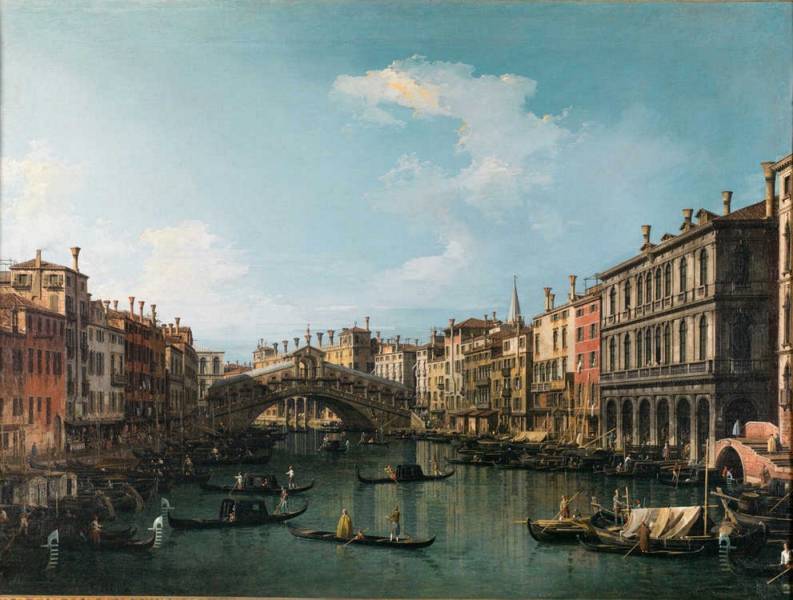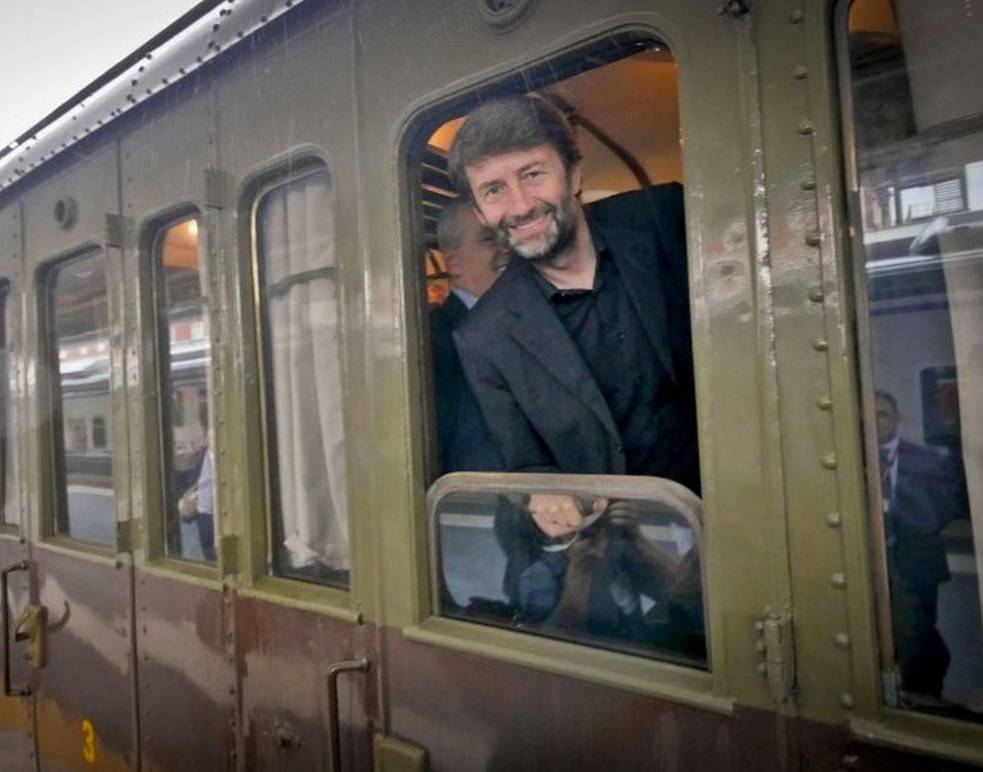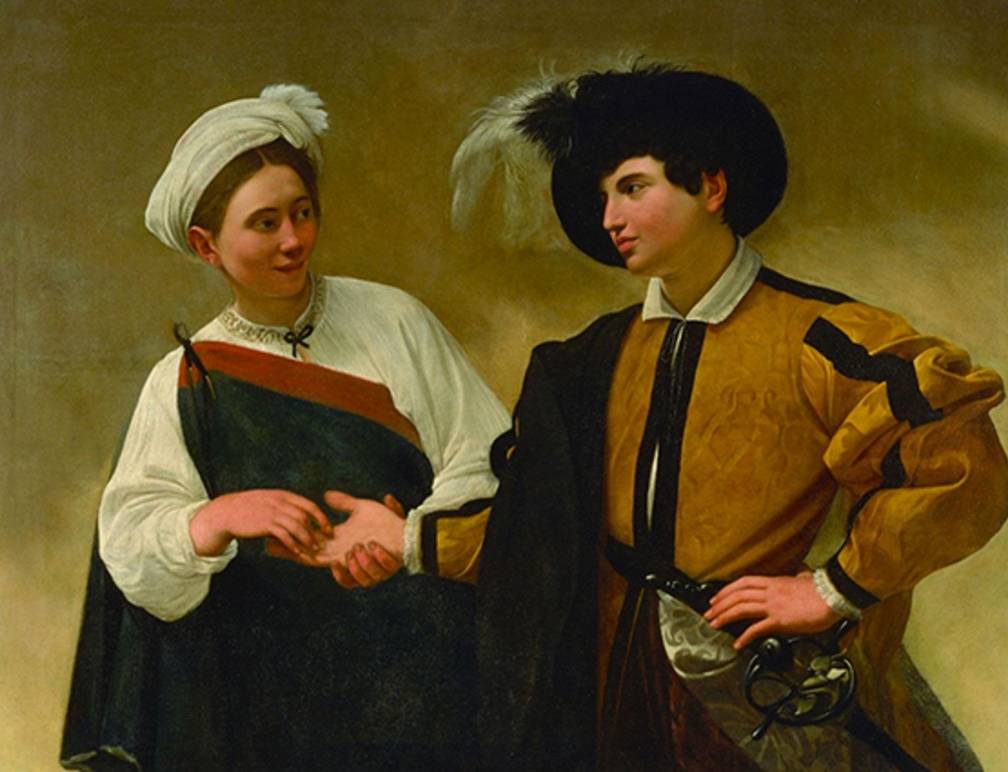Surge in Cultural Tourism to Italy
ROME -- Good news on the tourism front: cultural tourism is on the rise in Italy, in a trend that contradicts what's happening elsewhere in Europe. In 2015, the number of visitors to Italian museums rose by 6% over 2014, resulting in an income boost for the museums of no less than 14%. The 30 best-known Italian museums remained tops in popularity, showing a 7.5% increase during the same period.
In a novelty, a number of little known and relatively out-of-the-way museums also showed a surge in visitors. "This clearly demonstrates that both Italian citizens and tourists are attracted also to less well known in mass tourism," said a visibly pleased Culture Minister Dario Franceschini, speaking at a three-day conference on tourism at Pietrarsa near Naples on April 9. "The Italian museum system is a key attraction for tourism."
The government's project of banking on cultural tourism, as opposed to beach tourism, is important because it is year round, and, no matter how beautiful, the beaches can take only so much wear and tear. The surge reflects the fact that tourism to Italy showed a healthy increase of 3.2% in 2015 over 2014, with spending by the visitors rising by 4.7%.
Pietrarsa is itself one of these as yet little known destinations. Home of the National Railway Museum between Naples and Portici, the town was virtually destroyed by the eruption of Vesuvius in 1631, but reborn as a factory town in 1830. As a result, King Ferdinand then had what was Italy's very first railway line built there, linking Naples to Portici in 1839. The line utilized two locomotives imported from England. In the museum collection are 26 steam locomotives, on view in what are now antique factories. Also on show: one of the 11 cars of the Royal Train which Fiat built for the honeymoon of King Umberto II of Savoia.
The conference at Pietrarsa is a step toward approval of a national strategic plan for promotion of tourism, and in particular cultural tourism, slated for formal approval in July. The 400 conference participants took part in dozens of workshops on themes like "What is brand Italy," how to market a destination, and innovations in promotional campaigns.
While the meeting confirmed that the traditional venues continue to top tour itineraries, lesser known destinations are growing in popularity. At the Ducal Palazzo at Sassuolo, near Modena in North Italy, visitors to this Baroque villa rose by no less than 70% over the previous year. The National Museum of Siritide at Policoro, in the Basilicata, showed an increase of 32%; and during the same period the fine archeological museum at Sperlonga in Lazio also saw a dramatic surge of almost 25%.
Conference organizers also arranged a competitive "hackathon," in which nine teams, each of ten students, were asked to develop and present ideas they thought would help to foster sustainable tourism. Winners in this 24-hour competition were the teams dubbed Pienza, whose project was intended to encourage family tourism; the Tivoli team, which urged personalizing traveler and his or her destination; and the Venaria team, which suggested "alternative" destinations for fresh experiences.
In the meantime Italian treasures are on view outside the country, where they serve as cultural ambassadors while inviting future tourists to come see the works in situ. "The Glory of Light and Color" on view in the National Museum of China in Tienanmen Square in Beijing through October this year illustrates four centuries of Venetian art. On view are paintings from the early Renaissance by Mantegna, Carpaccio, Gentile and Giovanni Bellini and Cima da Conegliano, proceeding into the 1500s with works by Giorgione, Titian and Lorenzo Lotto. From the Baroque era are works by Tiepolo, Canaletto and Guardi.
In Tokyo a long-lost painting by Caravaggio is on public view for the first time ever, "Mary Magdalene in Ecstasy." The painting is one of 11 original works by the innovative Baroque master in the exhibition "Caravaggio and His Time: Friends, Rivals and Enemies" at the National Museum of Western Art through June 12. With the originals are 40 paintings by other artists whom he influenced. The exhibition is part of a series of cultural exchange programs between Italy and Japan, which brings art works, music, movies, books, photo and cookery exhibitions and events to Milan, Florence, Vicenza, Venice and Rome this year. Not least, the Puccini Festival this year will include performances of "Madame Butterfly" at Lucca with sets by Japanese sculptor Kan Yasuda.
In a curious footnote, the widow of a recently deceased German art collector sent from Berlin to Athens, by mail, a rare fragment of a Greek terra cotta relief which had, shall we say, disappeared from the Antiquarium of the Roman Forum in 1961. In a formal ceremony the Greek Culture Minister Aristides Baltas returned to fragment to Minister Franceschini this week.










































i-Italy
Facebook
Google+
This work may not be reproduced, in whole or in part, without prior written permission.
Questo lavoro non può essere riprodotto, in tutto o in parte, senza permesso scritto.